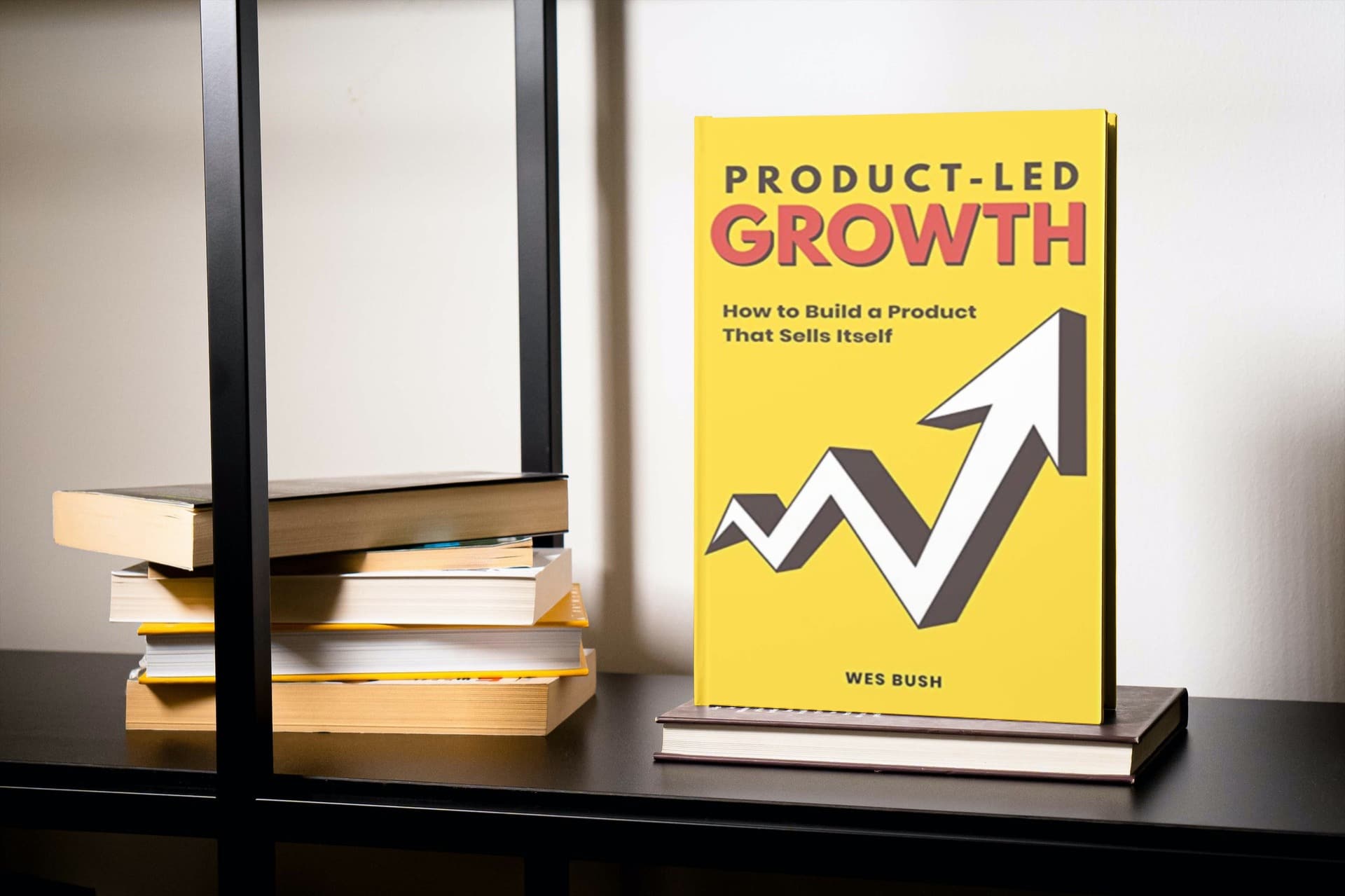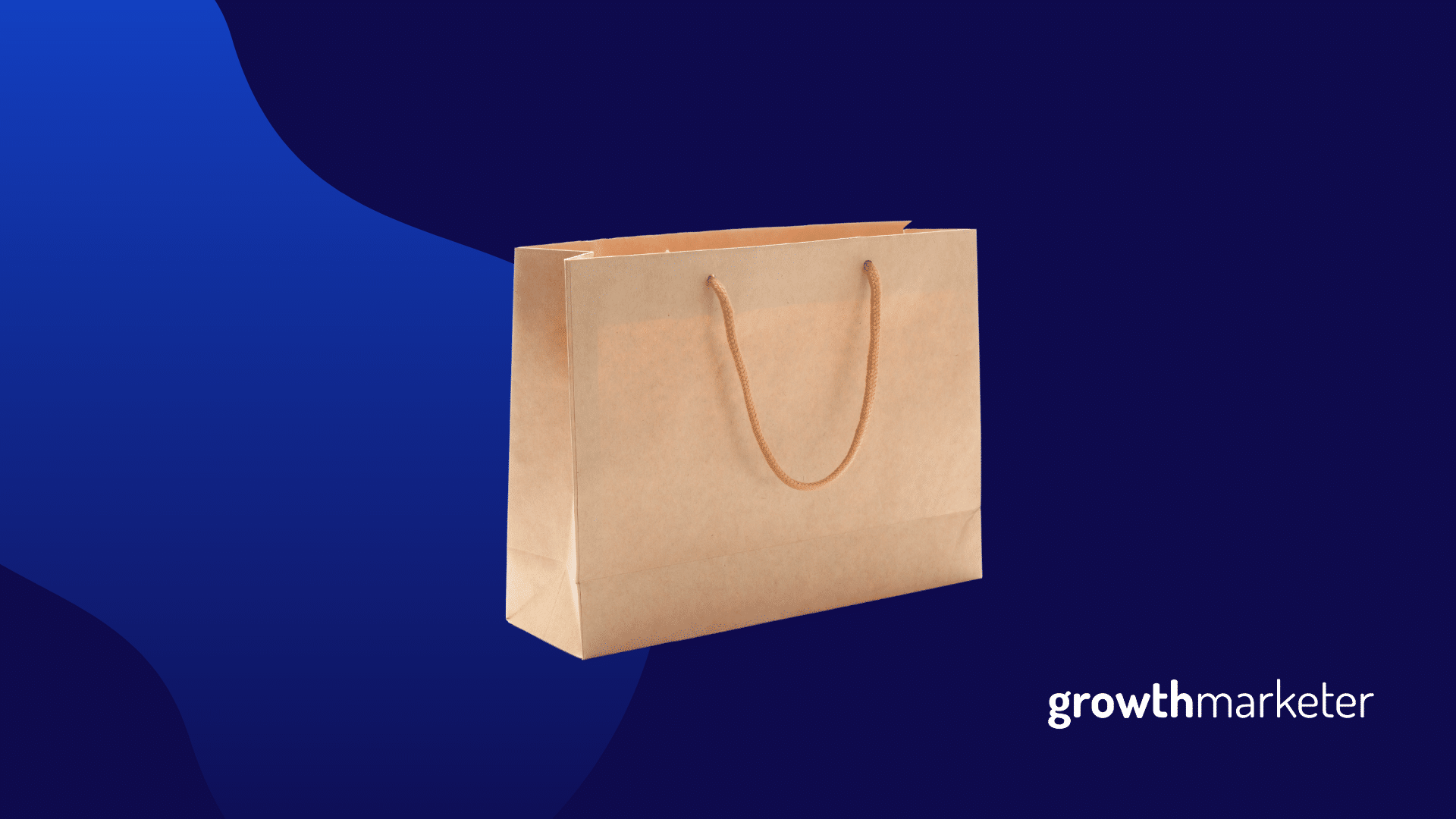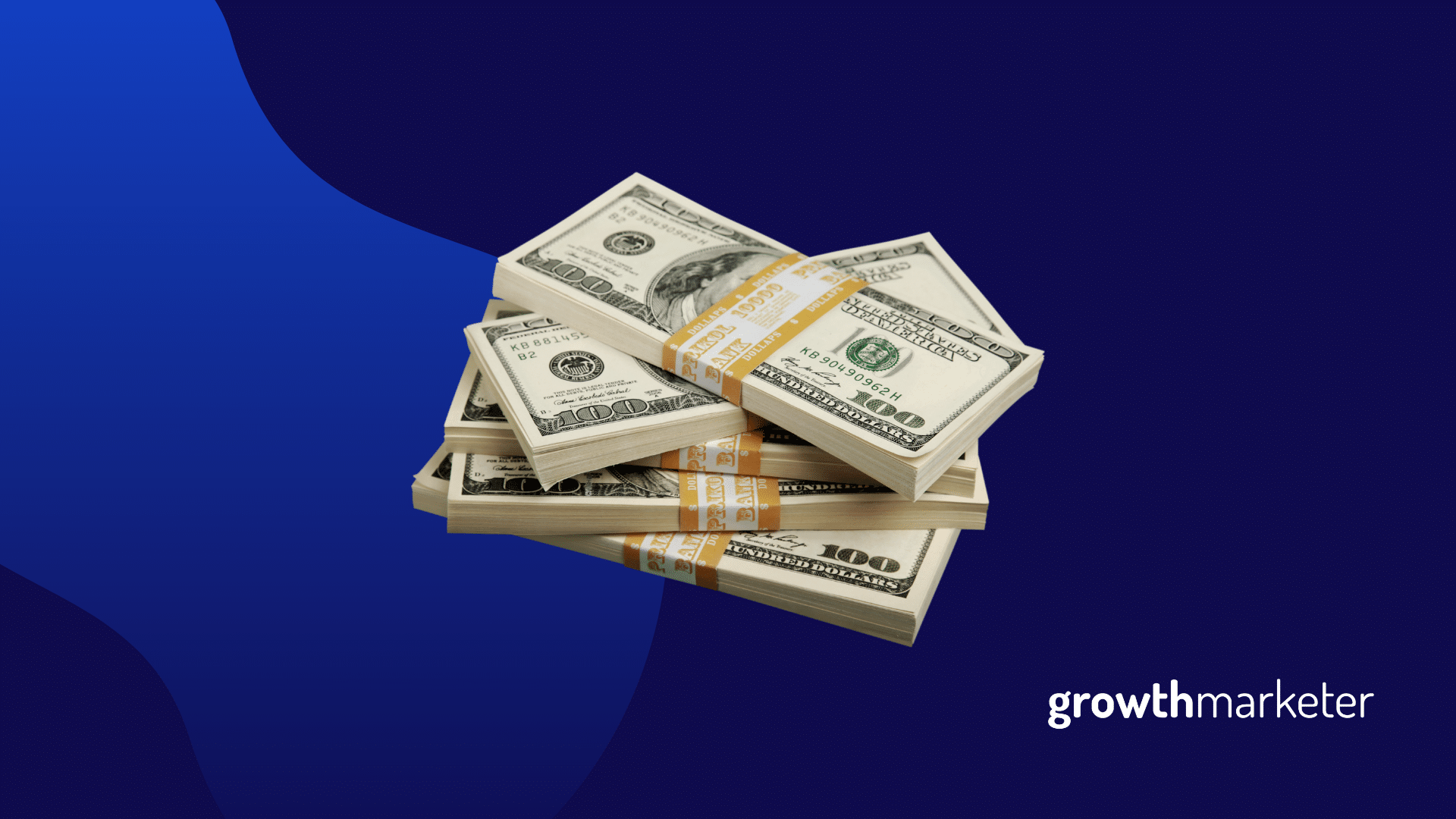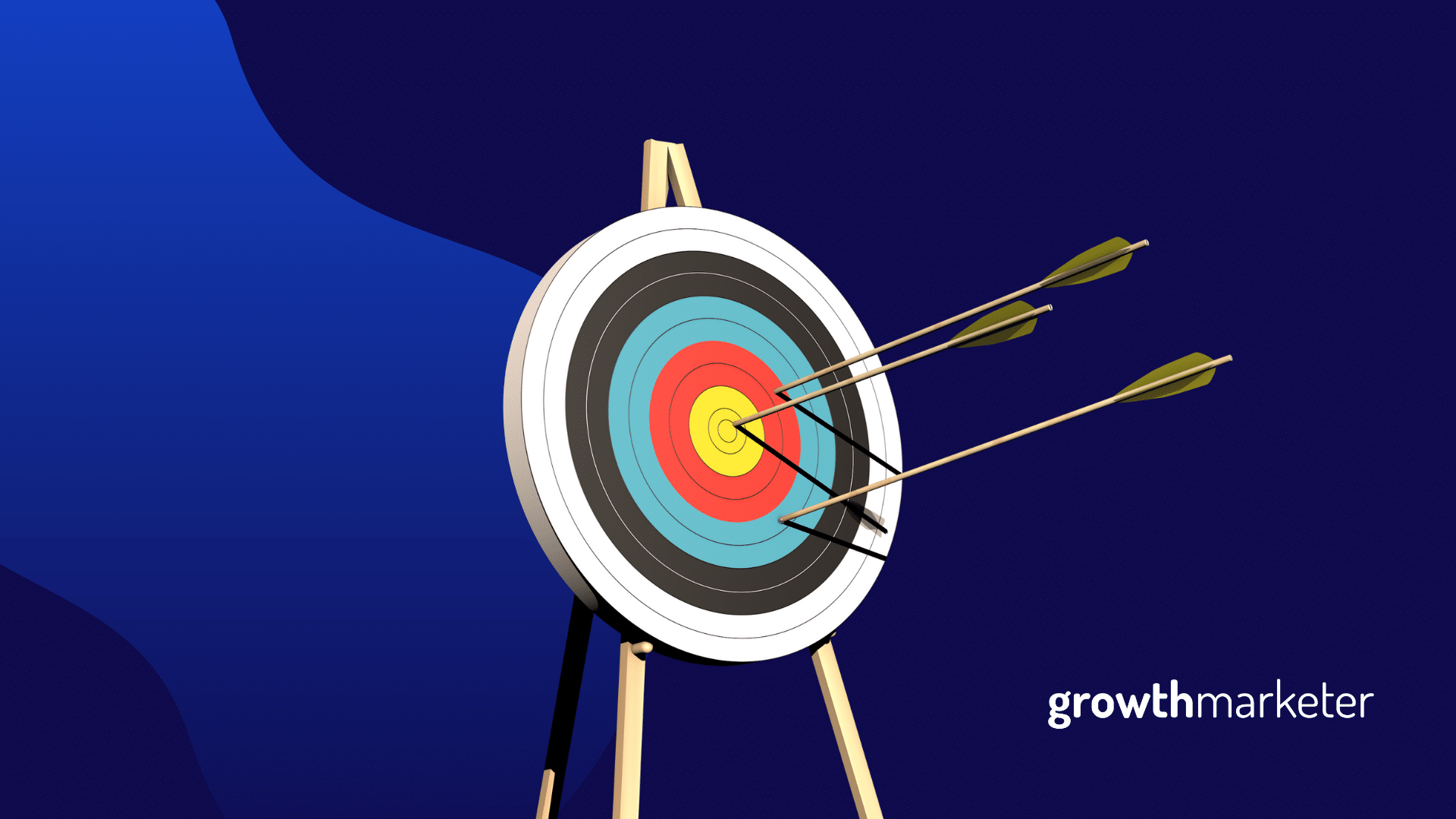If you’ve kept up on marketing trends, you’ve probably heard about Product-Led Growth (PLG) and wondered what it’s all about. In this article, I’ll unpack exactly what it is and why marketers should pay attention to it.
In a nutshell, Product-Led Growth is a marketing strategy that puts the product on center stage.
The product is the one that drives all organizational KPIs like revenue and engagement. In most cases, the product does all the onboarding and retention and there’s no need for a large marketing or sales department.
The product is what the consumer is interested in getting to know and acquire. The product is EVERYTHING. What this means is that if you can create a product that sells itself, the rest is secondary.
A strong product
As its name suggests, Product-Led growth requires a product that is strong enough to be able to lead. But what are the characteristics that make a product able to thrive under such a strategy?
For one, the product has to be able to provide a useful benefit to the end-user without much further intervention. You want to have the customer ultimately rely on it for its end-use.
Many products that ultimately make use of a Product-Led Growth strategy are closely related to the Freemium-based pricing model. Users and growing companies can make use of the base version and discover your product on their own. Once they do grow out of the limitations of the free version, they can move to check out the paid version.
Probably the company that has done this best is Spotify. In the current streaming era, few people still buy their day-to-day music. The free version of Spotify gives is the perfect tool for people to discover the simplicity of streaming their favorite songs without paying.
That being said, the intermittent advertisements and lack of song selection drive users to the premium version. This means that among Spotify users, over half convert to the premium version, even when a free version is available.
This all works without a sales rep selling the product to the users. Easy music sharing and collaborative playlists drive users to suggest the streaming service to other potential customers. All the customer acquisition is performed by the product and by the use of the platform. This simplifies our work as marketing experts quite significantly in the later stages.
Unlike with sales-led or marketing-led growth, you’ll no longer have upset customers that were upsold by a team and later disappointed, which usually happens when the teams are not on the same wavelength as what the product offers. Having teams that are disjointed from the core service is something that frequently appears in other growth strategies.
This doesn’t happen with a PLG strategy, which is a blessing. The fact that the prospect is using the product first hand, means that they are well aware of what it provides. They can evaluate it and see its use cases on their own.
Using PLG will get your users through the latest stages of awareness in a seamless manner, allowing you to focus your efforts elsewhere.
These strategies rely in great part on the end-users for their growth. This is why many such products are built towards solving the problems of the end-user. Having something that focuses on the issues and requirements of the prospect will also mean that they will seek it out automatically.
One such example is the productivity application Trello. End users will first have searched for the product just looking for a solution to their endless lists. As the user becomes more accustomed to using Trello, they suggest the solution to their company or executives. This is how an end user-focused product can be onboarded and a paying customer is generated.
That being said, solving the problems of your end-user does not mean you jump through hoops for them. You can’t provide every solution to every person all of the time. Finding a niche that can be filled—with room for growth—is key in this area. Focusing on a solid product is also key.
Ultimately, this end-user-centric service has to be built from the ground up. This means that accessing your product and getting started with it should be as simple as possible. You want to reduce or remove as many points of friction as possible. If you can make your product intuitive, it will make adoption easier. This will ultimately lead to greater onboarding of users.
What drives product-led growth?
Product-Led strategies have become the dominant ones in favor of the sales and marketing-led strategies of the past. This is mainly due to factors such as these below:
Smaller costs
For one, the costs of acquiring new customers are significantly lower than in other strategies. Your prospects will onboard themselves. Once they do experience what your solution has to offer they will be willing to upgrade themselves. This significantly reduces the costs that you have to put into onboarding.
Less reliance on hand holding your prospects to upgrade does also provide other benefits. The software can easily grow in scale compared to a sales-led approach.
Per employee, developing software to scale is cheaper than having to hire more employees to reach your prospects. This gives a larger return for your business as it grows and those funds can be reallocated to other areas.
Faster growth
When talking about scaling, these tend to grow faster as well. The reason should be obvious. For one, as we just mentioned, scaling isn’t as dependent on sales representatives. You don’t have to hire a sales team for each region. You can easily provide the service to a global market with localization.
Having a free trial product that provides a showcase is another ace in the hole. Not much has to be invested to give it the first try and see the benefits of your solution.
While the prospect would still be talking and considering your competition, they are already making use of and learning your solution. If they need an extra push, you can also sweeten the deal by creating an irresistible offer!
This all makes the Product-Led Growth (PLG) strategy cast a much wider and global net, which is why it’s grown to become such a globally dominant strategy.
Conclusion
Product-Led Growth has quickly become the dominant strategy among the Software as a Service (SaaS) model. These PLG models have been taking over. Every year, more companies are finding success with this model as the end-user becomes the important factor.
It’s easy to see that users want to be sure that the product is best for them before using it. Availability of free and open-source services that provide solutions means that you need to showcase what your solution is as early as possible. A free trial or free version is a great way to do that.
Industry-leading names like Dropbox and Atlassian all follow the PLG model and every year more brands join them. This shows the success of the strategy. Having a platform that sells itself makes growth much easier.
Now before I conclude this article, let’s make something clear. Having a Product-Led Growth strategy does not mean that you should fire your Sales and Marketing teams. They are still an integral part of your company and are still required. Focusing too much on only one area will leave you lacking compared to the competition. It’s all about balance and knowing where to prioritize.

This is just a quick insight into what Product-Led Growth is. You are now ready to dive deeper into the matter and see if this strategy is the best for you. A great next step is to read the book Product-Led Growth by Wes Bush.





